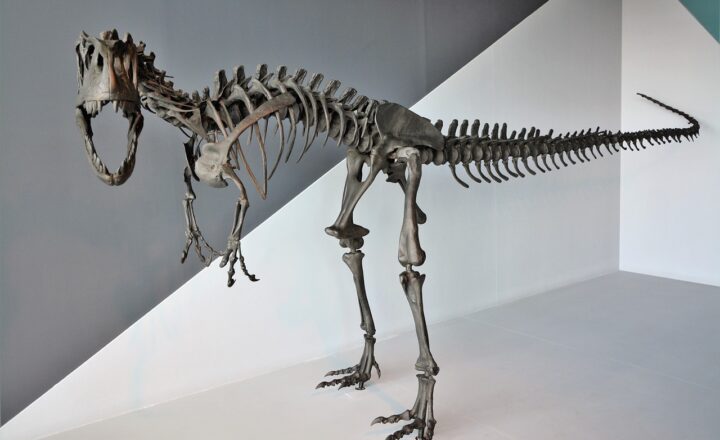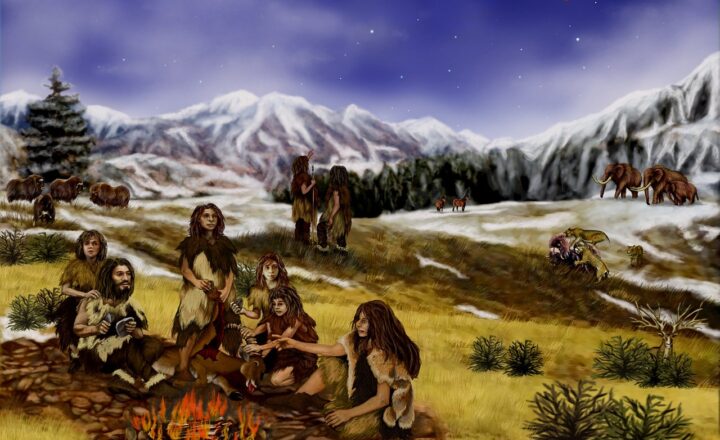How Darwin’s Theory of Natural Selection Revolutionized Biology and Science
November 12, 2024

Charles Darwin’s theory of natural selection, proposed in the 19teenth century, set the stage for modern biology and continues to influence the way we view life on Earth. Understanding this theory is crucial not only within biology but also across multiple disciplines such as genetics, ecology, and even sociology. Let’s delve into how Darwin’s ideas transformed our understanding of life and initiated a scientific revolution.
1. The Foundations of Darwin’s Theory
Darwin’s revolutionary ideas began to take shape during his travels aboard the HMS Beagle in the 1830s. Observing diverse species across various continents, especially the Galápagos Islands, he began to notice patterns and adaptations that hinted at an underlying principle. His major findings can be summarized as follows:
- Variation: Individuals within a species exhibit variations in traits, some of which are heritable.
- Struggle for Existence: In nature, organisms compete for limited resources, which creates a struggle for survival.
- Survival of the Fittest: The individuals best suited for their environment are more likely to survive and reproduce, passing on their advantageous traits to the next generation.
Thus, these foundational ideas crystallized into the theory of natural selection, marking a pivotal moment in the history of biological sciences.
2. The Impact on the Scientific Community
Prior to Darwin, the prevailing view of life’s origins revolved around static creations as articulated in religious texts. However, Darwin’s arguments presented evidence supporting the idea that species are not immutable.
This shift in paradigm faced significant resistance, primarily from religious institutions and scholars aligned with creationism. Nevertheless, over the decades, Darwin’s intuitive understanding gradually gained acceptance due to its empirical support from various scientific fields:
- Paleontology: The fossil record began to reveal transitional forms that documented evolution, supporting Darwin’s theory.
- Genetics: With the rediscovery of Mendel’s laws, scientists connected Darwinian ideas with genetic variation, explaining how traits are inherited through generations.
- Botany and Zoology: Researchers observed evolutionary changes in flora and fauna that aligned with natural selection principles, validating Darwin’s observations.
The broad acceptance of Darwinism during the late 19th and early 20th centuries initiated what became known as the modern synthesis, merging the ideas of genetics with evolutionary theory.
3. Natural Selection Explained
Natural selection operates through several key mechanisms that work together to drive evolution:
- Overproduction: Most species produce more offspring than can survive, leading to competition for resources.
- Competition: As presented earlier, organisms compete for food, shelter, and mates, resulting in a natural check on population numbers.
- Adaptive Traits: Certain advantageous traits become more common over generations, leading to adaptations that enhance survival.
- Speciation: Over time, this process can lead to the formation of new species through a gradual divergence from a common ancestor under different environmental pressures.
The implications of these processes are profound, contributing to our understanding of biodiversity and ecosystem dynamics.
4. Misconceptions and Clarifications
Despite its success, Darwinism also faces misconceptions that can undermine its principles. Among these are:
- Survival of the Fittest Misunderstood: Many confuse survival of the fittest with the concept of the strongest individuals surviving. In reality, it refers to reproductive success and adaptability.
- Progressive Evolution: Some believe evolution is linear and directed toward higher forms of life. Instead, evolution is more accurately described as a branching tree where species adapt diversely to specific environments.
These common misunderstandings can create barriers to a correct grasp of evolutionary theory, which is critical for scientific literacy.
5. The Unfolding of Modern Genetics and Evolutionary Theory
The advent of genetics in the 20th century greatly advanced the understanding of Darwin’s theory. Pioneers such as Gregor Mendel laid the groundwork for genetics, which offered mechanisms by which traits were inherited and varied. This meant that not only could researchers observe natural selection’s effects over generations, but they could also understand the genetic basis behind them.
The merging of genetics with natural selection led to the development of population genetics – a pivotal area of study that has uncovered:
- Gene Flow and Genetic Drift: These processes describe how allele frequencies change in populations over time, shaping their evolutionary trajectories.
- Mutation’s Role: Mutations introduce genetic variance and are raw material for natural selection, shaping the evolution of species as new traits emerge.
By marrying natural selection with genetic understanding, scientists have developed a robust framework to explain and predict evolutionary patterns.
6. Social and Cultural Implications of Darwin’s Theory
The implications of Darwin’s theory extended beyond the realm of science, influencing social and cultural thought. The phrases “survival of the fittest” have been co-opted in various disciplines:
- Social Darwinism: This misleading interpretation misapplied Darwin’s theories to justify social policies of the time, such as imperialism and eugenics. In modern discussions, these concepts are rightly critiqued for their ethical implications.
- Influence on Philosophy and Literature: Philosophers and writers, including Thomas Hardy, have embraced notions of struggle, adaptation, and the human condition, reflecting Darwin’s influence in broader discourse.
These interpretations remind us of the importance of applying scientific theories ethically and responsibly, considering the potential ramifications of their utilization across society.
7. The Legacy of Darwin’s Theory Today
Today, Darwin’s theory of natural selection remains a bedrock of biological sciences. From agriculture to medicine, our understanding of evolution informs practices and research aimed at resolving pressing challenges:
- Conservation Genetics: Understanding how species adapt to changing environments helps safeguard biodiversity and prevent extinction.
- Medical Research: Insights into evolutionary processes influence research on antibiotic resistance and the spread of diseases, guiding health interventions.
Darwin’s work not only revolutionized biology but also laid the groundwork for future scientific inquiry, encouraging a more profound exploration of life’s complexity. The theoretical framework he established continues to inspire and challenge contemporary scientists in their quest for knowledge about the living world.
Conclusion
Darwin’s theory of natural selection was, and still is, a transformative force in the world of biology and science as a whole. By providing a cohesive explanation for the diversity of life on Earth, it paved the way for an entire discipline dedicated to understanding life’s mechanics. As we continue to explore the mysteries of evolution, Darwin’s legacy serves as a beacon for future scientific endeavors, showing us that understanding our past is essential to navigating our future.








